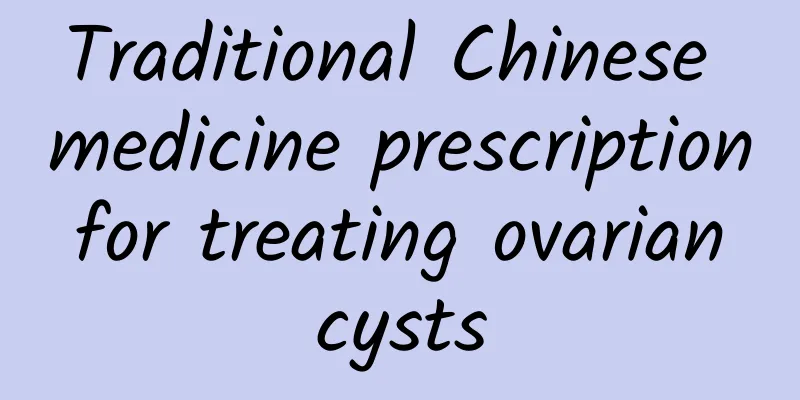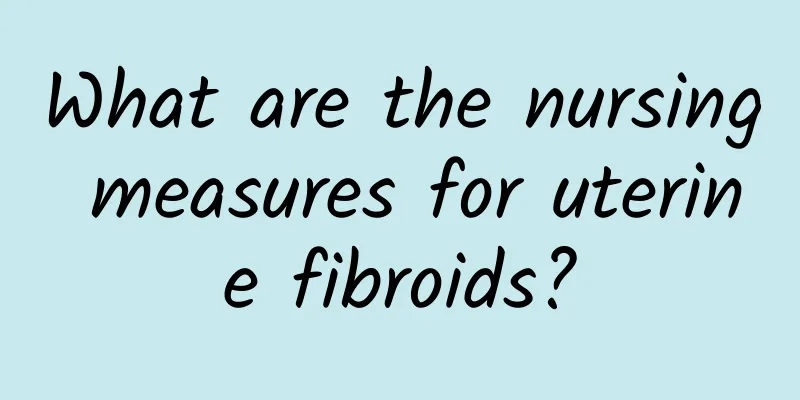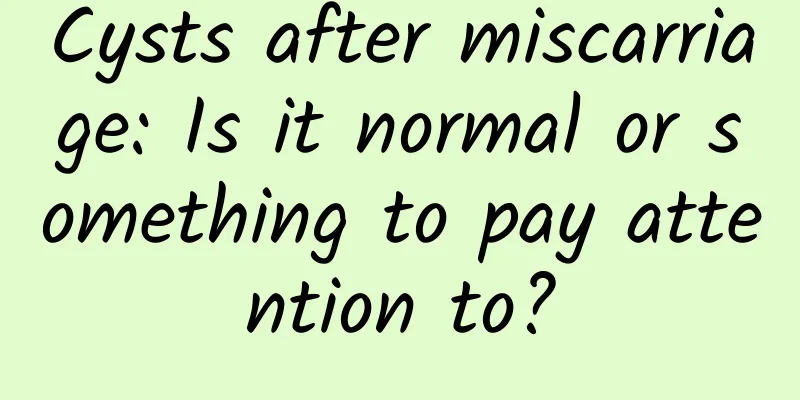Traditional Chinese medicine prescription for treating ovarian cysts

|
According to traditional Chinese medicine, ovarian cysts are mostly caused by disharmony of internal organs, obstruction of qi, blood stasis, qi accumulation, and blood stasis. Qi stagnation, blood stasis, phlegm and dampness, and toxic heat are the most common. The treatment of ovarian cysts should focus on warming the middle and dispersing cold, regulating qi and transforming water, replenishing qi and nourishing blood, and softening and removing blood stasis. Patients can follow the doctor's advice according to their condition and choose the following Chinese medicine prescriptions for treatment. Fang Yi Prescription: seaweed, white mustard seeds, Trillium, coix seed, peach kernel, selfheal, Arisaema, and red peony root. Function: Regulating Qi and relieving stagnation, promoting blood circulation and removing phlegm, resolving blood stasis and dispersing nodules, softening hard masses and reducing swelling. Main indications: It has significant effects on ovarian cysts, and also has certain therapeutic effects on uterine fibroids, teratomas, liver and kidney cysts, etc. Usage: Decoction in water, the medicine liquid is 600 ml, take 300 ml each time, twice a day, 10 days as a course of treatment, B-ultrasound once after 1 to 2 courses of treatment. If there is efficacy, take the medicine until the tumor disappears. Note: If the tumor continues to grow after three courses of medication, it is considered ineffective and a CT scan should be performed to further clarify the diagnosis and provide additional treatment. Fang Er Prescription: Astragalus, Salvia miltiorrhiza, Coix seed, kelp, seaweed, Angelica sinensis, Poria cocos, Citrus aurantium, Curcuma aromatica, Cyperus rotundus, peach kernel, red peony root, and loofah. Dosage: 1 dose per day, taken twice, 1 month as a course of treatment, take the medicine for 1 to 2 courses of treatment. Fang San Prescription: roasted pangolin, angelica, chuanxiong, salvia miltiorrhiza, Achyranthes bidentata, vinegar-cooked rhubarb, vinegar-cooked Corydalis, cinnamon bark, stir-fried black atractylodes, aconite, vinegar-cooked Trillium, Curcuma zedoaria, and musk. Usage: Grind the medicine into fine powder, take 9 grams each time, 3 times a day. After recovery, take the medicine Wu Ji Bai Feng Wan to consolidate the therapeutic effect. |
<<: TCM Syndrome Differentiation and Treatment of Uterine Myoma
>>: Taking 18 doses of Chinese medicine to cure pelvic inflammatory disease
Recommend
What are the symptoms of adenomyosis and adenomyoma?
The main symptoms of adenomyosis and adenomyoma i...
Daily care that patients with chocolate cysts should know
How to care for chocolate cysts? Patients need to...
When is the best time to perform uterine fibroid surgery? How to perform conservative treatment on uterine fibroids?
Ms. Li recently underwent a gynecological physica...
Smoking and drinking are important measures to prevent ectopic pregnancy
The cause of ectopic pregnancy is largely related...
Why does vomiting occur after abortion? There are 5 possible causes
When choosing a painless abortion, the side effec...
Precautions after cervical erosion surgery
Precautions after cervical erosion surgery: 1. Ha...
Teacher Annie teaches you 3 yoga slimming tricks to easily create slender legs
Are you always dissatisfied with your body shape,...
Is drinking motherwort useful for amenorrhea?
Is amenorrhea hereditary? Many people are well aw...
What are the symptoms of heavy bleeding after medical abortion? There are 4 major symptoms
In real life, some women have to choose to termin...
A high school girl ate two servings of fast food and her body fat was 75%, breaking the record
A high school girl in Taichung who loves fast foo...
Which hospital should I go to for cervical warts
Which hospital should I go to for cervical warts?...
Care of the uterus after abortion
Many young women choose abortion for many reasons...
How many days of hospitalization is required for uterine fibroid surgery?
Uterine fibroid surgery generally requires hospit...
Can I get pregnant if I don't have my period in March?
There is a chance of pregnancy if you haven't...
How to check cervical erosion
How to check cervical erosion? The appearance of ...









